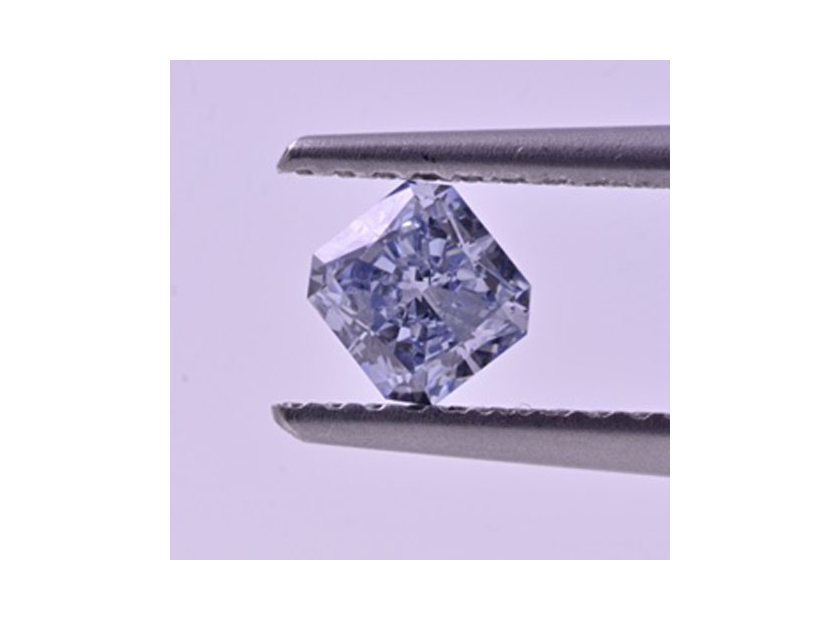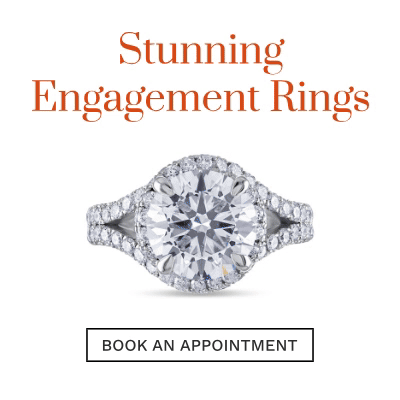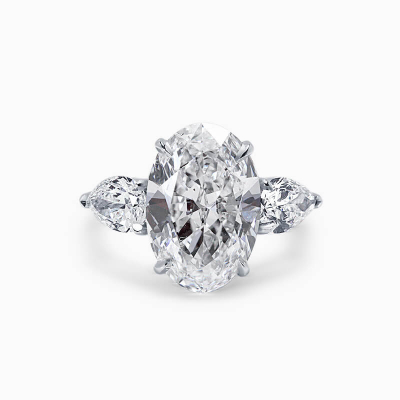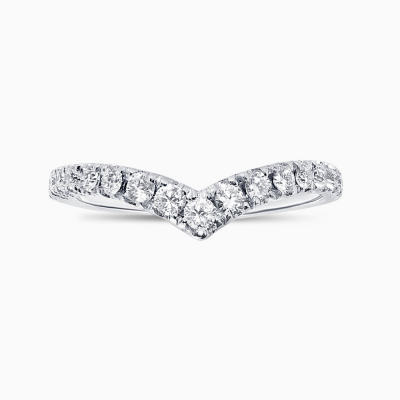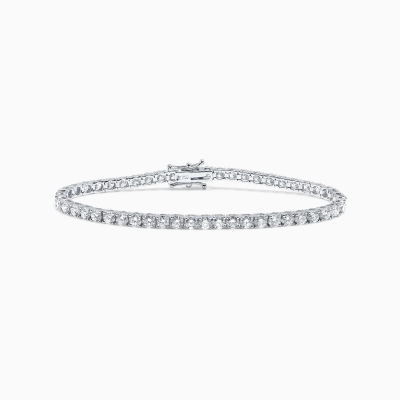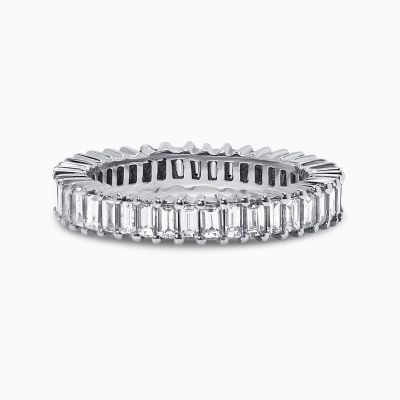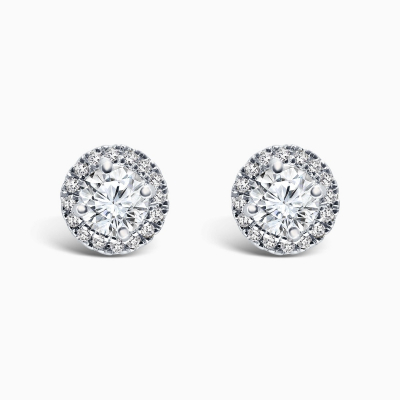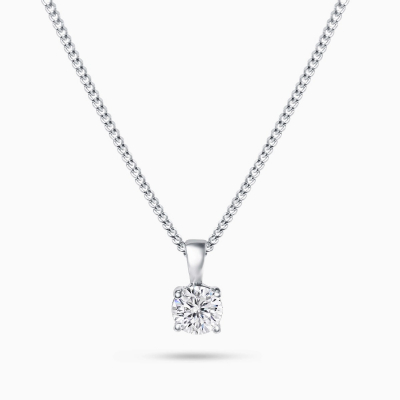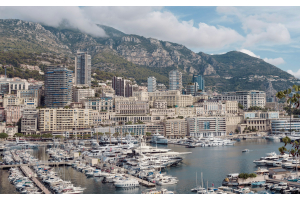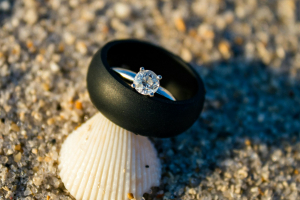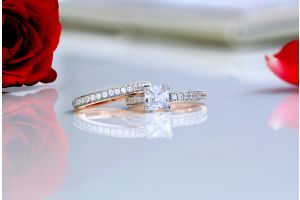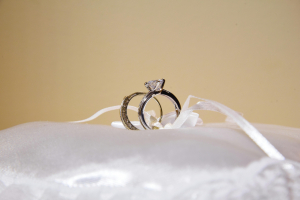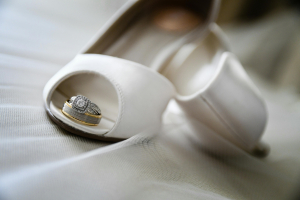GBP
/
GBP
/
Shipping to:
Currency:
The basic rule of economics is that supply and demand dictates price, and in the world of diamonds this is undoubtedly true where rarity equals value. Take for example, natural fancy coloured diamonds which account for less than 0.1% of the number of mined diamonds. Prices for these fancy coloured diamonds are determined by the rarity of the diamond’s colour and how hard it is to obtain it. Whist coloured diamonds present in 12 different colour variations with more than 90 secondary hues, 9 intensity levels, and over 230 combinations of colour, natural fancy coloured diamonds can basically be divided into four main groups based on their prices, these are: Ultra-High – Red diamonds which are the rarest of the coloured diamonds and therefore the most expensive. High price range – Blue, Pink, Purple, Violet and Green diamonds. Mid-price range – Vivid and Intense Yellow Diamonds and Orange Diamonds. Relatively affordable – Grey, Brown and Fancy Yellow Diamonds. As can be seen, blue diamonds are amongst the rarest of the fancy coloured diamonds.
They stand at the tip of the second rarest group and are rarer than pink diamonds but less than violet and purple diamonds. Of course what must be borne in mind is that as with all coloured diamonds, not all blue diamonds are equally rare – the strongest the colour, the more rare the diamond. Blue diamonds are not only extremely attractive and highly desired, but they are also one of the most fascinating gemstones in existence. This is due to their unusual chemical makeup and rich role in history and this is why there is more to blue diamonds than meets the eye.
How blue diamonds are created
Quite simply the colour blue is created by the presence of boron.
Whilst the diamond is forming in the earth’s crust, boron particles can become trapped inside the crystal lattice. It is this substance that absorbs yellow light, thus reflecting the stunning blue colour. The more boron that is present within the diamond, then the deeper the colour of blue. Like any other coloured diamond, blue diamonds can exhibit a wide range of hues, from pale shades to intense and the modifying colour will be referred to in their gemological grading reports. For example, one of these diamonds may be classified as gray-blue or greenish-blue. It is very common to see blue diamond’s referred to with names regarding their shade, such as midnight, navy, baby, or royal blue. It is estimated that less than one-tenth of a percent of all fancy coloured diamonds are rare blues – Type IIb blues.
Even rarer than these are the Type Ia blue diamond’s where the colour of blue is created by the presence of hydrogen within the gemstone which if present in in sufficient quantity creates a blue-grey or grey-violet colour which is similar to that caused by boron. The colour of blue diamonds can also be influenced by exposure to radiation exposure and those that have been exposed are usually described as green-blue. There is another characteristic that sets natural blue diamonds apart for mother gemstones, and that is that they are the hardest conductors of both heat and electricity on Earth.
Where do blue diamonds come from?
As blue diamonds are a rarity they are found in very few mines. The Cullinan Mine near Pretoria in South Africa is the primary source of blue diamonds. Owned Petra Diamonds this mine has been the source for some of the most interesting discoveries and sales of blue diamonds.
Explore Our Collections
The Argyle mine in Australia, the Golconda mine in India and the Lesteng mine in Lesotho have also yielded blue diamonds but on a less common basis than The Cullinan Mine.
Due to their inherent rarity natural blue diamonds are highly sought after by diamond collectors and as we said before, scarcity and demand pushes up value! The NCDIA has reported that prices for natural blue diamonds have been consistently increasing at a rate of 12 to 17% during the last decade irrespective of the saturation level. So whilst fancy vivid blue diamonds may be less commonly found and more highly sought-after, even fancy light blue diamonds are being sold for some quite astounding prices. In fact in recent years there have been many record-breaking sales of blue diamonds. As only about two to four important blue diamonds come to market annually this has created a fervour amongst diamond collectors and investors that has inflated the prices achieved at auction.
Of course, as with any diamond, the carat weight, clarity and cut of a blue diamond will also have an impact on the value.
Famous blue diamonds
Undoubtedly the most famous blue diamond has to be The Blue Hope Diamond. This stunning diamond was discovered in the Kollur mine in India by Jean Baptiste Tavernier. When found it weighed a very impressive 112 carats and was described as being a beautiful violet. The GIA have classified The Blue Hope Diamond as a rare fancy dark greyish blue. The Blue Hope Diamond was sold to King Louis XVI in 1668, and was recut for the King to wear on a neck ribbon for ceremonial occasions. It was then named ‘Le bleu de France’ (the French blue). In 1830 this incredible was bought by Henry Phillip Hope and was recut and acquired its name as The Blue Hope Diamond.
After numerous other owners The Blue Hope Diamond was purchased in 1949 by New York gem merchant Harry Winston who donated it to the Smithsonian Natural History Museum in Washington where it remains on permanent exhibition and is insured for a staggering $250 million! Other impressive blue diamonds include The Star of Josephine a 7.0-carat cushion-cut fancy vivid blue and internally flawless diamond that was found in 2008. This diamond sold at a Sotheby’s auction in 2009 for $9.49 million, the equivalent of $1.35 million per carat setting a world record at the time for the highest price per carat for any gemstone at auction. The Tereschenko diamond a 42.92-carat pear-shaped stone is the second largest fancy blue stone in the world after the Hope. Blue diamonds can’t be discussed without mention of the famous Wittelsbach-Graff, which was discovered sometime in the mid-1600s. After being bought, recut and repolished by Laurence Graff, it weighed an impressive 31.06 carats and fetched $24.3 million in 2011. More recently, a blue diamond called ‘The Blue Moon’ broke the world record as being the world’s most expensive diamond.
It was auctioned at the Sotheby’s Magnificent Jewels auction in November 2015 for $48.5 Million Dollars the equivalent of over $4 Million Dollars per carat! This diamond is an internally flawless 12.03 carat fancy vivid blue and is the highest colour grading and of the highest clarity. It was discovered by Petra Diamonds in the South African Cullinan mine and was sold to Cora International for $25.6 Million dollars as a rough diamond.


